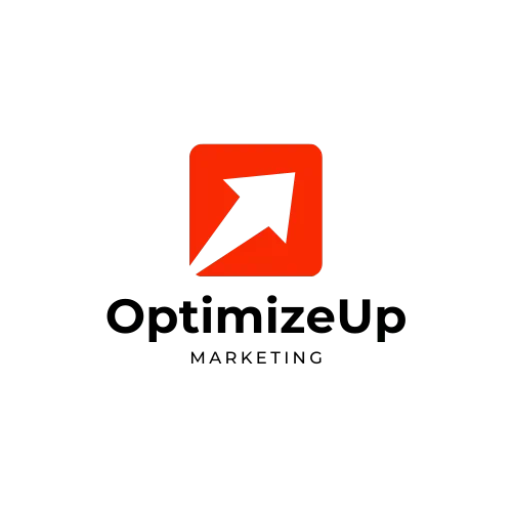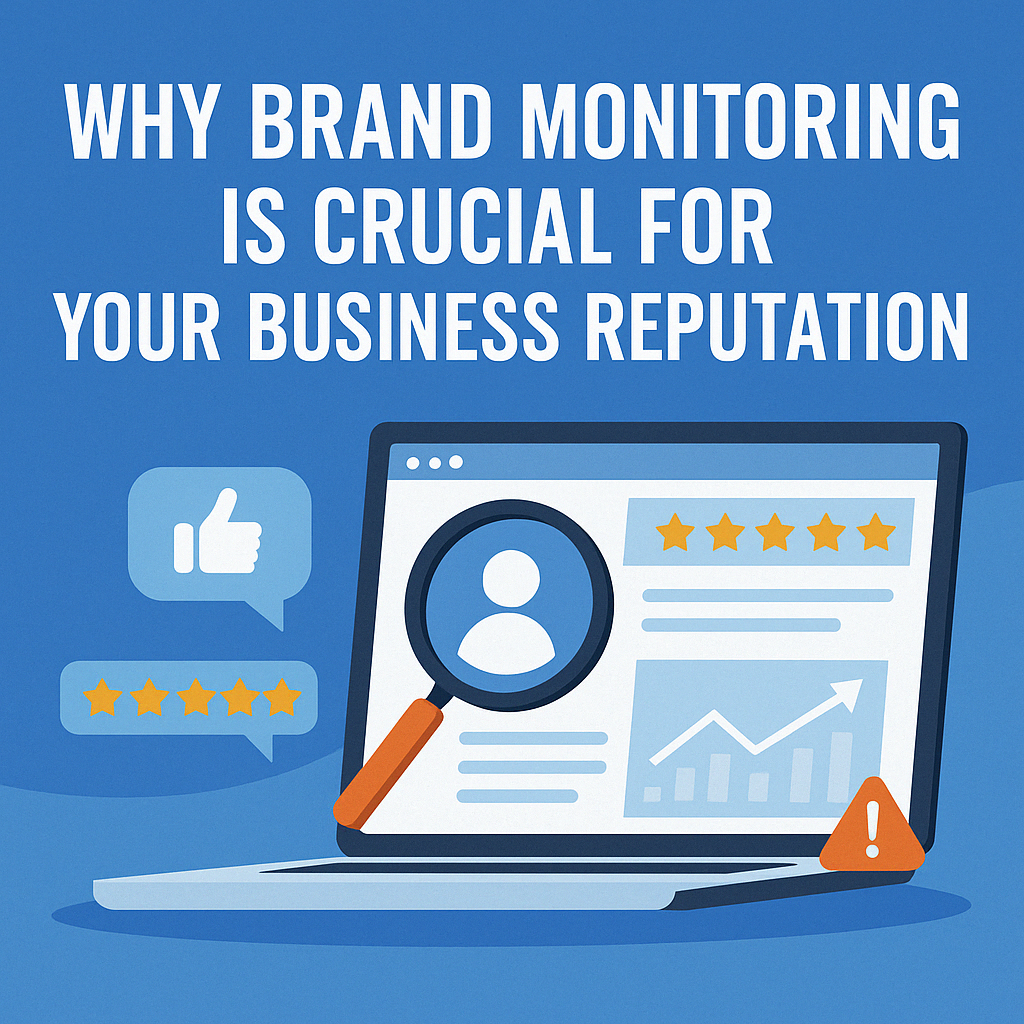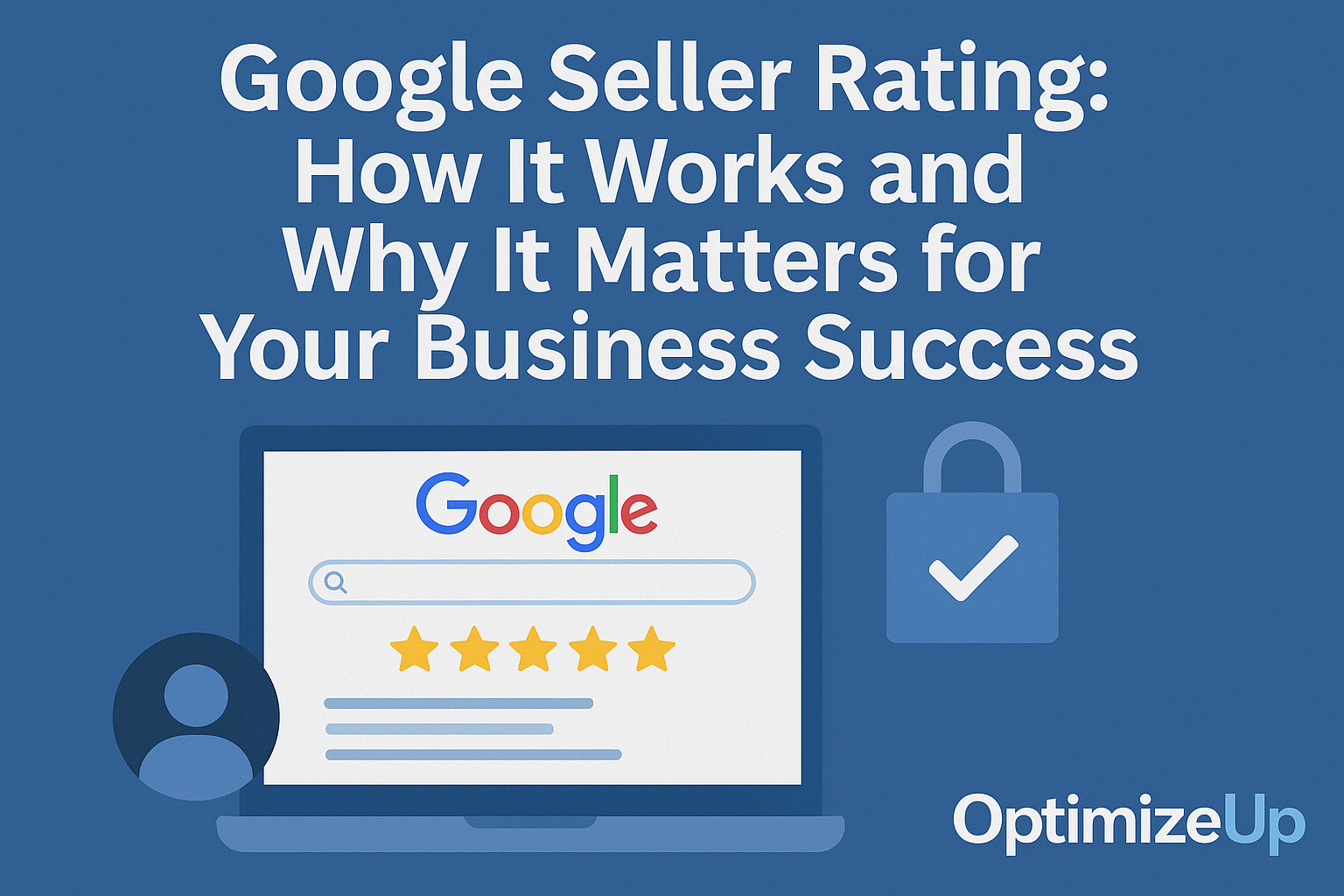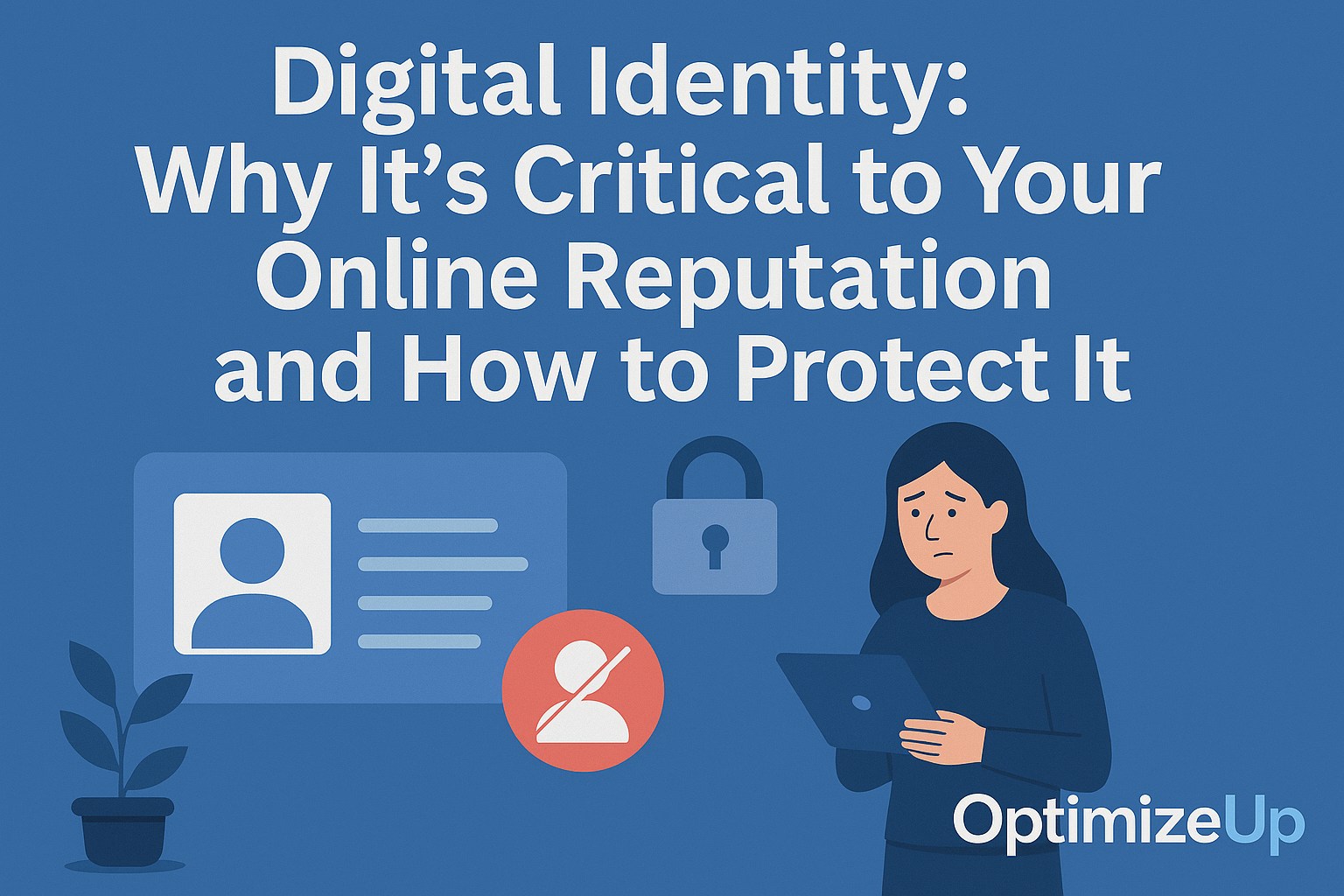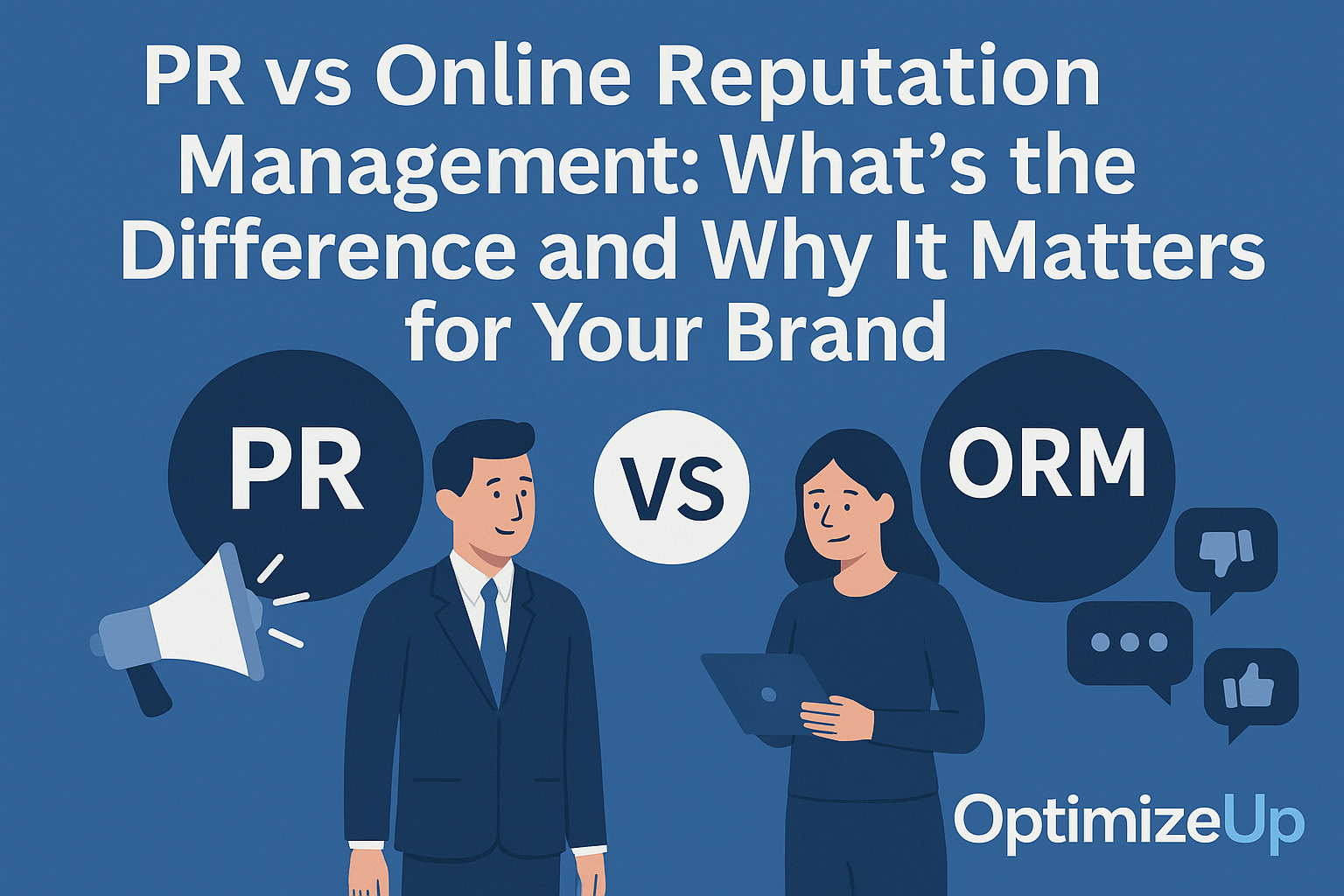The Stakes Have Never Been Higher
Online reputation is no longer an afterthought—it’s a cornerstone of business success. Whether you’re a startup founder or a global enterprise, public perception can shape everything from conversions to investor confidence.
Search engines, social media, review platforms, and forums have democratized brand storytelling. That means anyone—customer, competitor, journalist, or influencer—can influence how your business is perceived.
This is why brand monitoring is essential. By tracking mentions and interpreting public sentiment, businesses stay in control of their narrative and avoid falling victim to silent reputation erosion.
What Is Brand Monitoring?
Brand monitoring is the continuous process of tracking mentions of your brand name, executives, products, and services across online platforms.
This includes:
- Web articles and news outlets
- Social media platforms (Twitter/X, Instagram, LinkedIn, Facebook)
- Search engine result pages (SERPs)
- Video platforms (YouTube, TikTok)
- Review sites (Google Reviews, Trustpilot, Yelp, Glassdoor)
- Community forums (Reddit, Quora, Discord)
It reveals what customers think, how the media frames your image, and whether competitors are gaining ground in the conversation.
The Role of Brand Monitoring in Business Reputation Management
Your business reputation is a reflection of how stakeholders—customers, investors, partners, media—perceive your values, consistency, and performance.
Brand monitoring supports this in five critical ways:
- Crisis Detection: Identifies issues before they escalate
- Customer Insight: Reveals pain points and opportunities for improvement
- Competitive Benchmarking: Tracks how you’re performing relative to rivals
- Trust Building: Shows responsiveness, transparency, and commitment
- SEO Safeguarding: Ensures search visibility aligns with your values
“Your brand is what people say about you when you’re not in the room.” – Jeff Bezos
Platforms You Should Be Monitoring
Effective brand monitoring spans across:
Social Networks
- Facebook, Instagram, X (Twitter), LinkedIn, TikTok
- Hashtag tracking
- Mentions from influencers or customers
News and Blogs
- Google News results
- Niche publications and industry outlets
- Blog mentions (both editorial and guest posts)
Review Aggregators
- Google Business Reviews
- Trustpilot
- Yelp
- Better Business Bureau (BBB)
- SiteJabber
- Glassdoor (for employer branding)
Video & Visual Platforms
- YouTube comments, descriptions, or reviews
- TikTok duets or reactions
- Reverse image search to detect misuse of logo/visual IP
Community Boards
- Reddit threads, subreddits
- Quora discussions
- Industry-specific forums and private Slack/Discord groups
Search Engines
- Google SERPs and image search
- Bing and You.com as secondary sources
- Google Autocomplete terms (reflecting rising association patterns)
Key Metrics to Monitor
Brand monitoring tools go beyond simple keyword alerts. The most insightful metrics include:
- Volume of mentions: Trends in how often you’re discussed
- Sentiment analysis: Positive, neutral, or negative feedback ratios
- Engagement metrics: Shares, comments, retweets, likes, or backlinks
- Reach and virality: How far content travels from the original source
- Reputation score: A qualitative summary of public perception
- Share of voice: Your presence relative to competitors
These metrics inform broader marketing, HR, and PR strategy.
What Happens If You Don’t Monitor Your Brand
Neglecting brand tracking leaves your company vulnerable. Risks include:
- Unaddressed complaints becoming viral backlash
- Reputation hijacking by fake accounts or impersonators
- Lost SEO control if negative content ranks first
- Misinformation spreading unchecked
- Declining customer retention due to unresolved sentiment issues
Many companies only realize there’s a problem once revenue or reputation takes a hit. Prevention is always cheaper than damage control.
How Monitoring Supports Customer Experience
Every mention is an opportunity to listen. By paying attention to:
- Product-specific reviews
- Service experience tweets or TikToks
- Long-form blog reviews or comparison pieces
…you can refine your offerings in near real-time.
Positive mentions offer moments to celebrate. Negative ones highlight cracks that, if ignored, grow into trust issues.
Real-World Example: What Monitoring Can Catch
Scenario: A midsize e-commerce brand discovered an influencer was criticizing their shipping delays on TikTok. They weren’t tagged.
Impact: A monitoring tool flagged the video within 12 hours.
Action: The brand responded, provided compensation, and turned the critic into an advocate—publicly.
Result: The influencer posted a follow-up video praising the company’s transparency, boosting trust and traffic.
How to Get Started with Brand Monitoring
Step 1: Identify Your Keywords
- Brand name (with and without spaces)
- Product names or SKUs
- Executive/founder names
- Hashtags and campaign slogans
- Competitor brands
Step 2: Choose Your Tools
Start with:
- Google Alerts (basic)
- Brand24 or Mention (mid-tier)
- Talkwalker or Meltwater (enterprise)
Step 3: Set Alert Parameters
- Daily or real-time alerts
- Custom sentiment thresholds
- High-risk keywords like “scam,” “lawsuit,” or “ripoff”
Step 4: Establish Response SOPs
- Who handles social replies?
- What’s the escalation protocol for legal threats?
- When should PR be involved?
Why Monitoring Is Not Enough Without Action
Tracking is the first step. The second—and more important—is knowing what to do with what you find.
This means:
- Flagging false reviews for removal
- Responding professionally to negative feedback
- Promoting positive stories through retargeting and outreach
- Suppressing harmful search results through SEO content creation
- Working with legal experts on defamatory removals
Monitoring only works if paired with reputation management infrastructure.
How Defamation Defenders Helps
Defamation Defenders isn’t just a monitoring service. We’re a full-spectrum brand protection partner.
Our platform combines:
- Real-time monitoring across media, social, search, and forums
- Custom alerts with priority scores
- Human review to separate signal from noise
- Reputation repair (takedowns, SEO suppression, PR)
- Executive protection for C-suite brand health
We take insights and turn them into solutions.
Book your brand protection consultation here
Frequently Asked Questions (FAQ)
Social listening focuses on broad sentiment trends. Brand monitoring zooms in on specific entities—your business, your products, your leaders.
It helps you identify negative links early, track branded keyword search patterns, and highlight backlink opportunities from positive mentions.
For most businesses: daily. For high-risk or viral brands: hourly alerts are advisable.
Yes. Use the same tools with your personal name, handles, and domains. Defamation Defenders also offers personal ORM packages.
Not necessarily. Google Alerts is free. Brand24 starts under $100/month. The real value is not in the cost—it’s in the insights.
Document it. Screenshot it. Then contact Defamation Defenders for takedown guidance and suppression options.
Works Cited
Forbes. “Why Brand Monitoring Is Your Best Reputation Insurance Policy.” https://www.forbes.com/sites/theyec/2022/06/07/why-brand-monitoring-is-your-best-reputation-insurance-policy/
Sprout Social. “How to Track Your Brand on Social Media.” https://sproutsocial.com/insights/brand-monitoring/
HubSpot. “Brand Monitoring 101.” https://blog.hubspot.com/marketing/brand-monitoring
Talkwalker. “The Value of Real-Time Brand Monitoring.” https://www.talkwalker.com/blog
